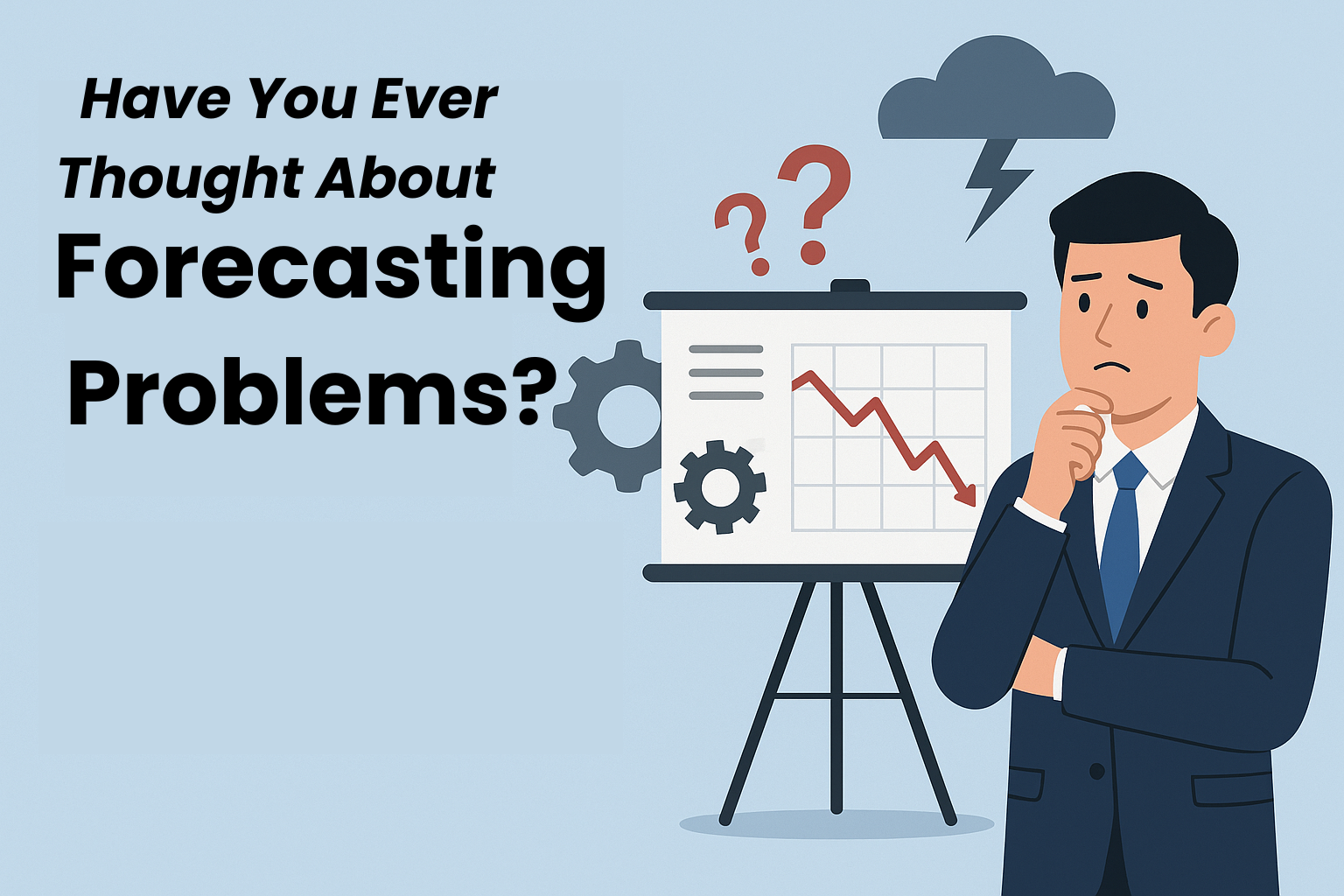In most factories, problem-solving is a daily sport. A machine stops. A batch gets rejected. An order is delayed.
The team responds. They fix. They move on.
But here’s the question:
What if we could forecast the problem before it ever shows up?
That’s where PFMEA (Process Failure Mode and Effects Analysis ) becomes a very important tool and base for operational excellence.
What Is PFMEA (And Why Should You Care)?
PFMEA is a structured method used to identify potential failures in a process before they occur,
it answers 3 core questions:
- What could go wrong? (Failure Mode)
- Why would it happen? (Cause)
- What would the impact be? (Effect)
Then it scores each potential failure by:
- Severity (how bad is the effect?)
- Occurrence (how often might it happen?)
- Detection (how likely are we to catch it before it happens?)
This scoring leads to a Risk Priority Number (RPN) tells you where the critical process steps are and allows you to prioritize your actions .
Why PFMEA Is a Game-Changer for Operational Excellence?
1. It Helps You Fix Problems Before They Exist
Instead of waiting for breakdowns or quality escapes, using PFMEA you can identify the weak points in your process so you can address them early before they cost you downtime, scrap, or customer trust. Prevention always costs less than correction.
2. It Reduces Cost Without Cutting Corners
By proactively identifying risk, PFMEA helps you reduce rework, warranty claims, late deliveries, and inefficiencies. These savings aren’t flashy — but they show up where it matters most: on the bottom line.
3. It Encourages Cross-Functional Thinking
PFMEA is must be created by cross functional teams. Engineering, production, quality, and even supply chain should collaborate , ensuring risks are assessed from all angles, and ownership is shared.
4. It Supports Continuous Improvement
PFMEA isn’t a “once and done” tool. It evolves as your process changes. As you collect more data, implement new machines, or face new customer requirement PFMEA helps you keep your process one step ahead.
Why PFMEA Fails ?
PFMEA is a powerful tool, but like any tool, it only works when it’s used correctly. In many factories, PFMEA starts strong and then quietly fades into the background. Here’s why :
1. It’s Treated as a One-Time Task
PFMEA is meant to evolve with the process. But in many cases, it’s filled out during launch and never touched again. When the process changes and the PFMEA doesn’t, it becomes irrelevant and risk goes unnoticed.
2. It Lacks Cross-Functional Input
The best PFMEAs come from diverse minds ,production, quality, maintenance, engineering. If one department owns it in isolation, blind spots multiply, and the team misses real-world risks on the floor.
3. The Scoring Becomes a Game
Severity, occurrence, and detection should be based on certain criteria that is determined and agreed before creating the PFMEA and ranking should be based on facts , but when teams assign scores to get a “nice” Risk Priority Number (RPN) instead of an honest one. That leads to a weak PFMEA.
4. Treating it as a Paperwork, Not Prevention
When PFMEA is seen as a form to fill, not a tool to think with, it loses value. It becomes something you “have to do” instead of something that drives improvement and people stop taking it seriously.
5. No Action or No Follow up on Actions
This is somehow connected to the previous reasons , if the team deals with it as a paperwork , and the RPN are targeted to be nice , then the findings will not lead to any actions and if there is an action there will be no follow up then it turns into a documentation not a prevention tool.
Finally, most manufacturers are good in firefighting, but what if you can see the smoke before the flames appear, this is how you should think of PFMEA.


